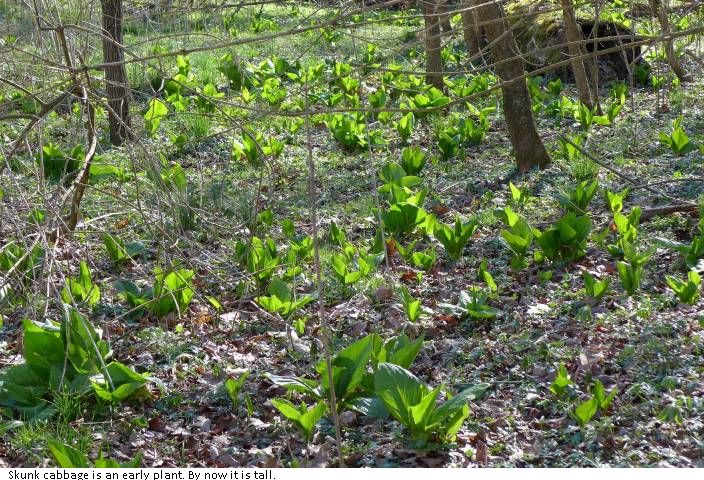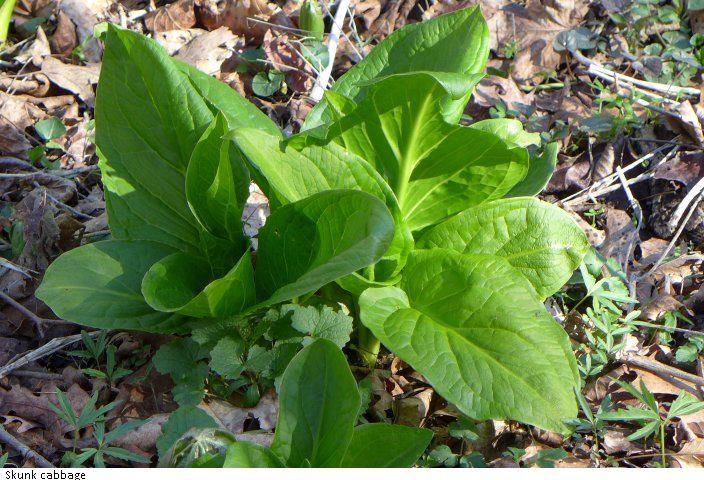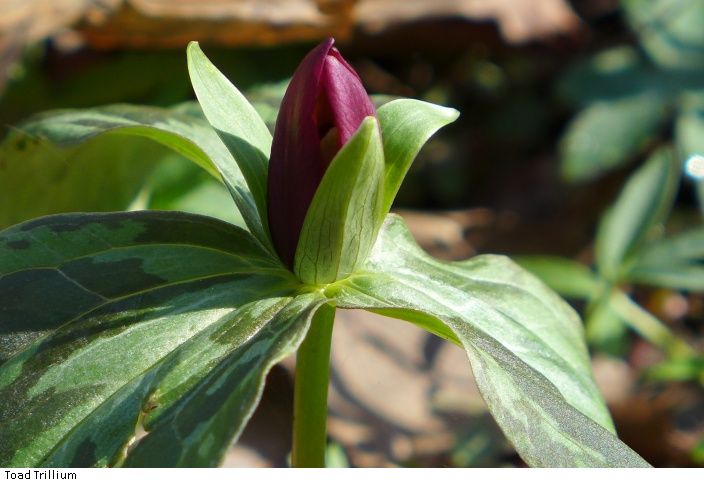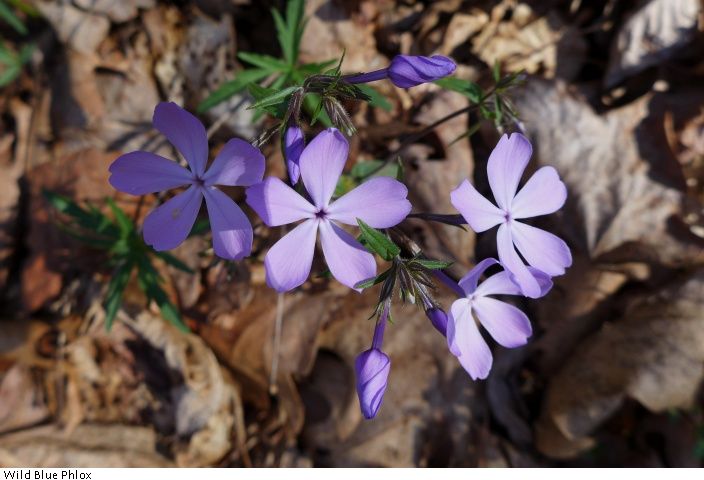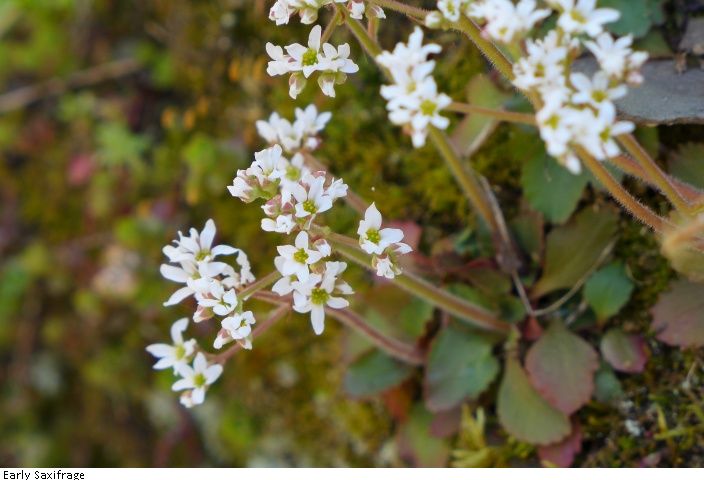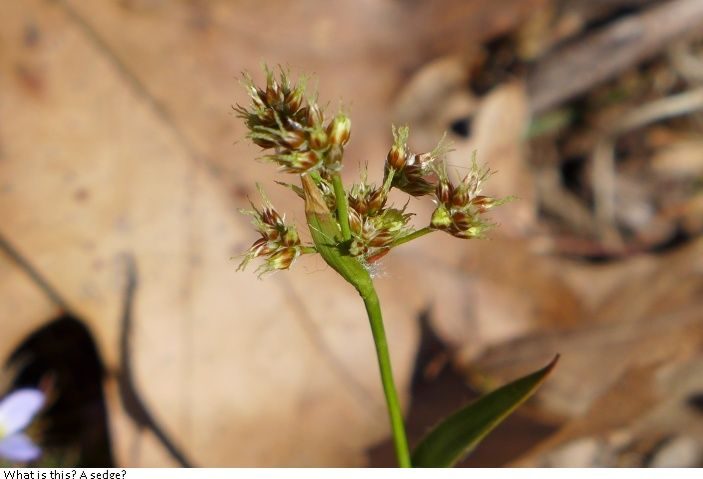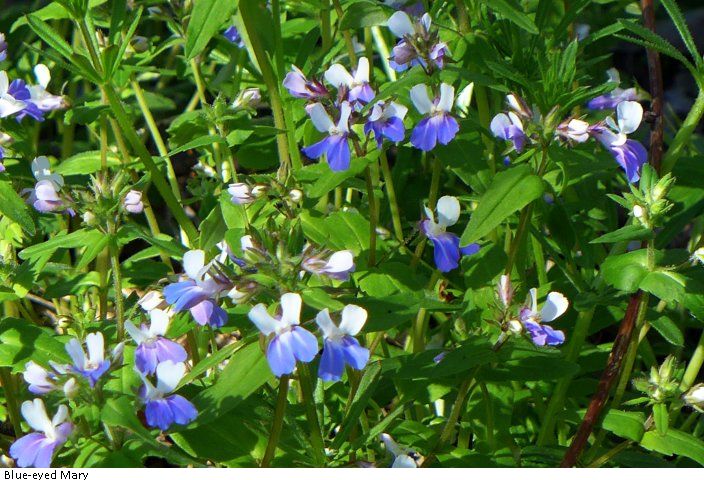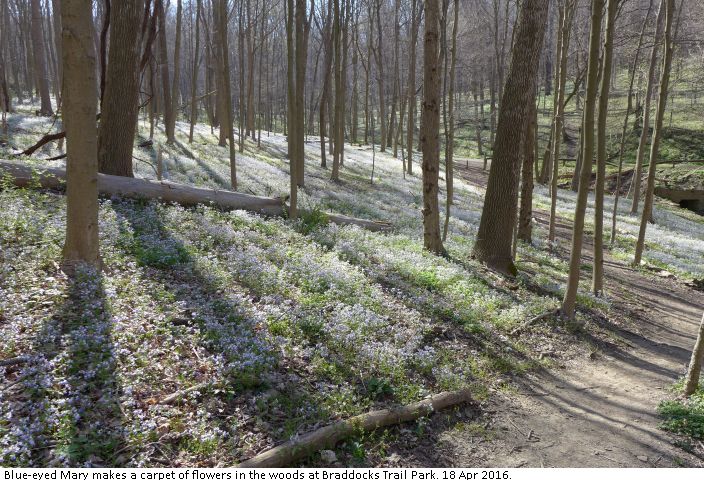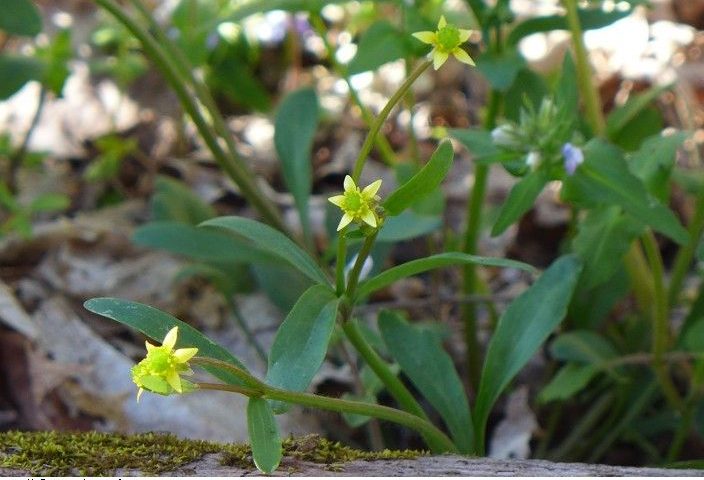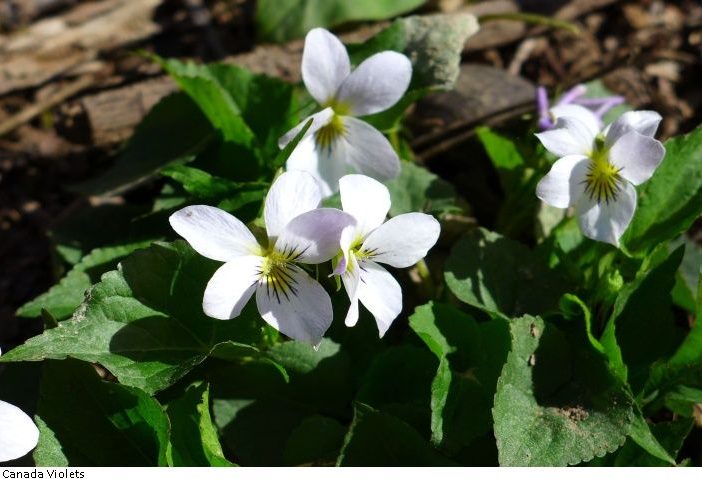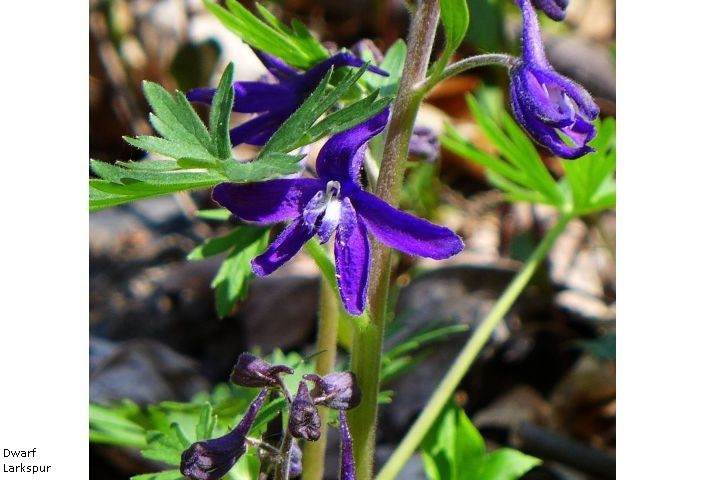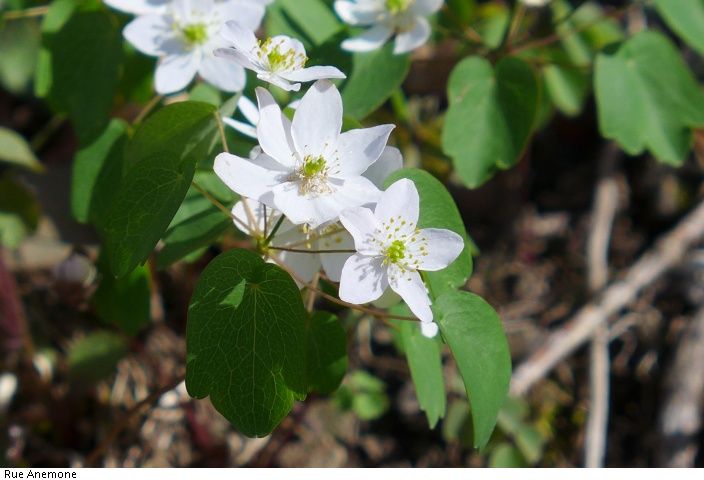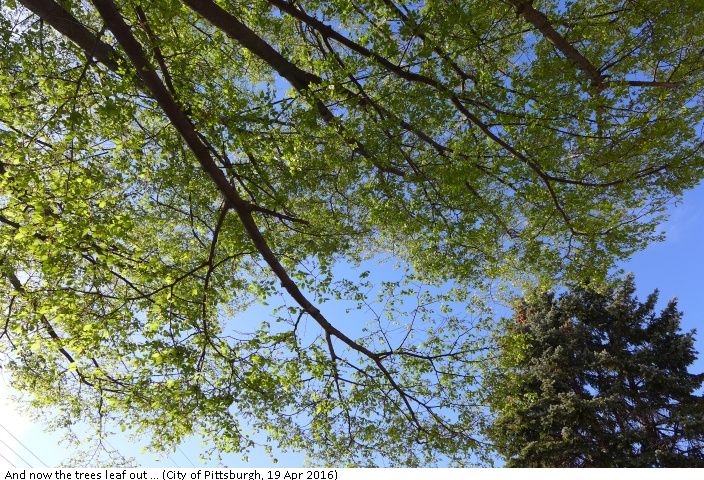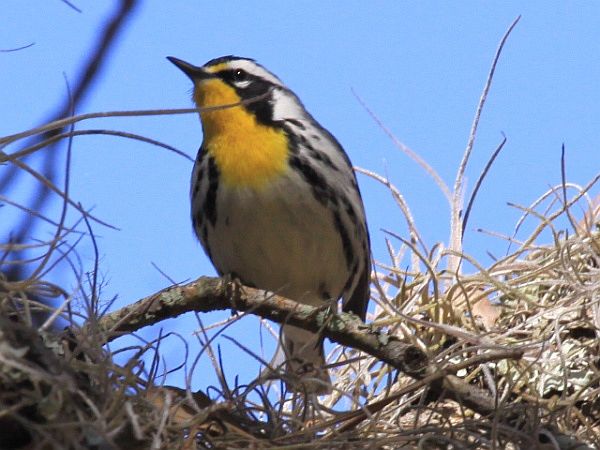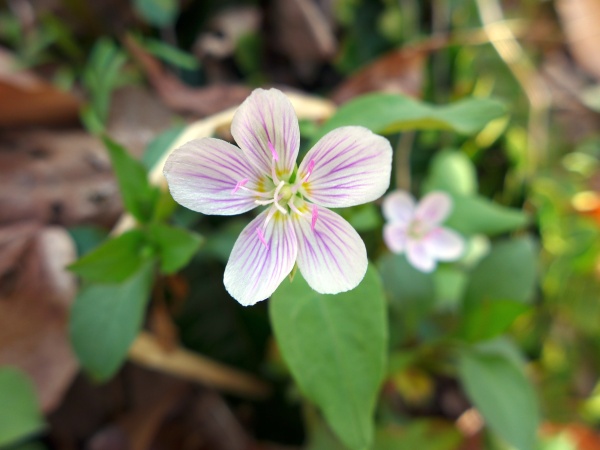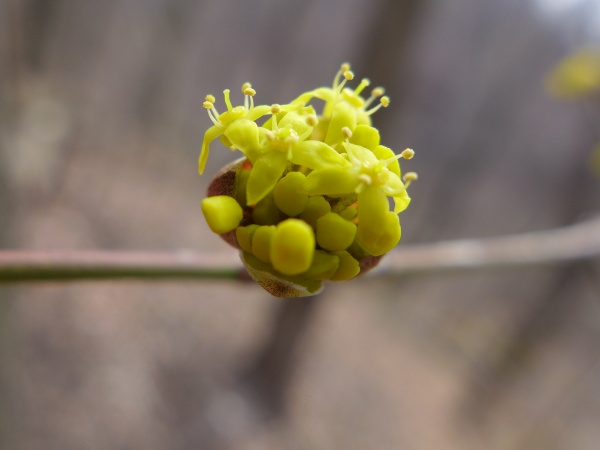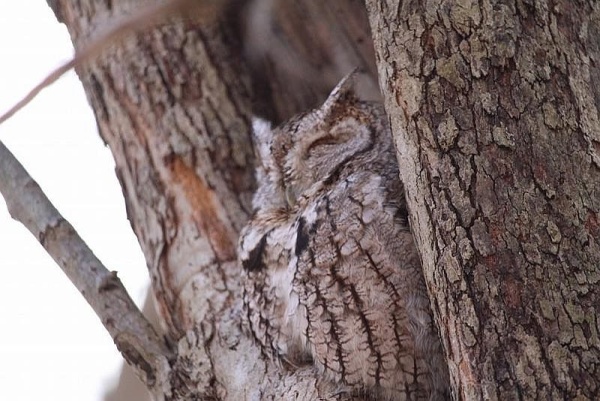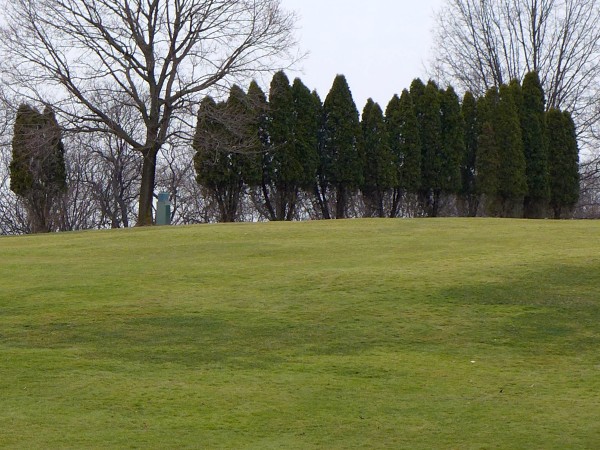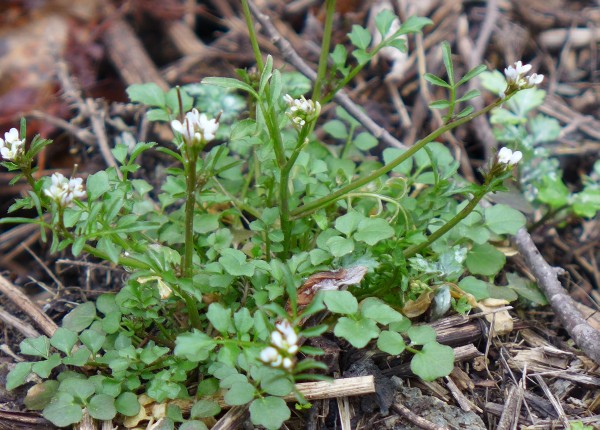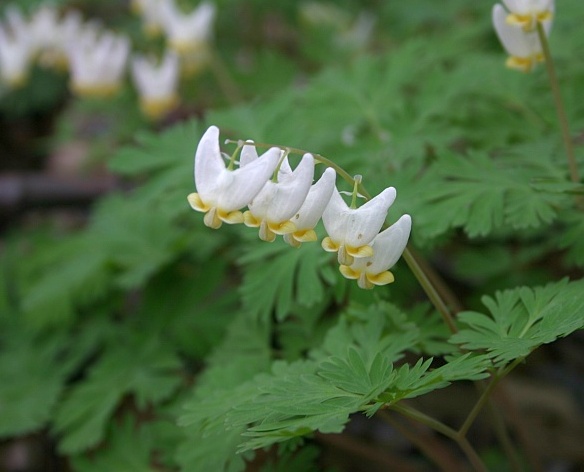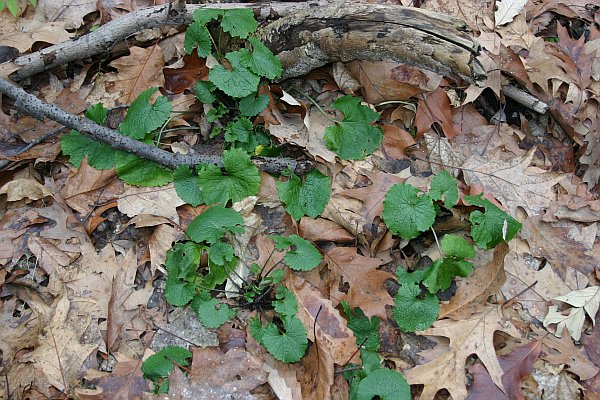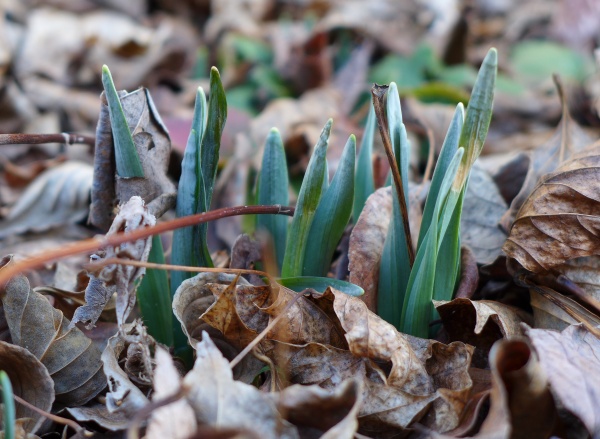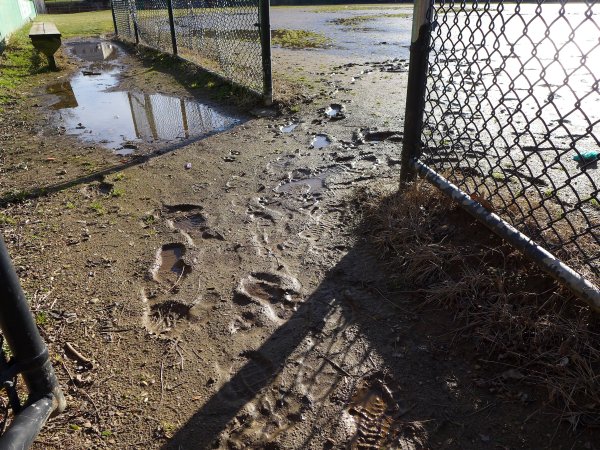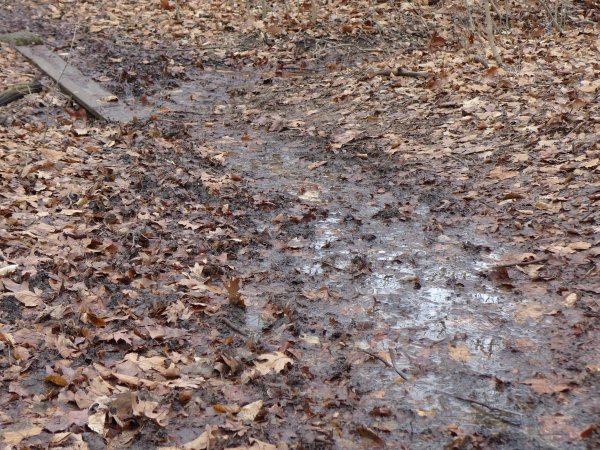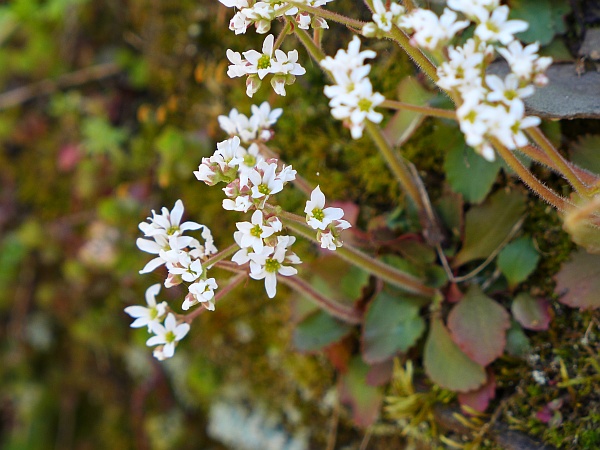
Wildflowers are blooming throughout the Pittsburgh area. This week I traveled southeast and west to record their progress.
At Raccoon Creek Wildflower Reserve on April 17 the earliest flower — skunk cabbage — had disappeared among the plant’s large leaves. Toad trillium (Trillium sessile), wild blue phlox (Phlox divaricata) and early saxifrage (Micranthes virginiensis) were open. White large-flowered trillium was not. I found an interesting sedge but I don’t know its name.
Braddock’s Trail Park in Westmoreland County has a south-facing slope so it’s flowers were much further along than Raccoon, even though I visited a day later. Small-flower crowfoot (Ranunculus micranthus), Canada violets (Viola canadensis) and rue anemone (Thalictrum thalictroides) were in full bloom while blue-eyed Mary (Collinsia verna) carpeted the forest floor. Trillium were already at their peak. Dwarf larkspur (Delphinium tricorne) had just begun.
They were so beautiful that I made a slideshow of the flowers. (Unfortunately the sun was so bright that it washed out the details of white flowers … I tried anyway.)
Look for wildflowers this weekend before the trees leaf out. Go north to see early flowers. Go south to see late blooms.
When the woods are in shade the flower party will be over.
(photos by Kate St. John)

